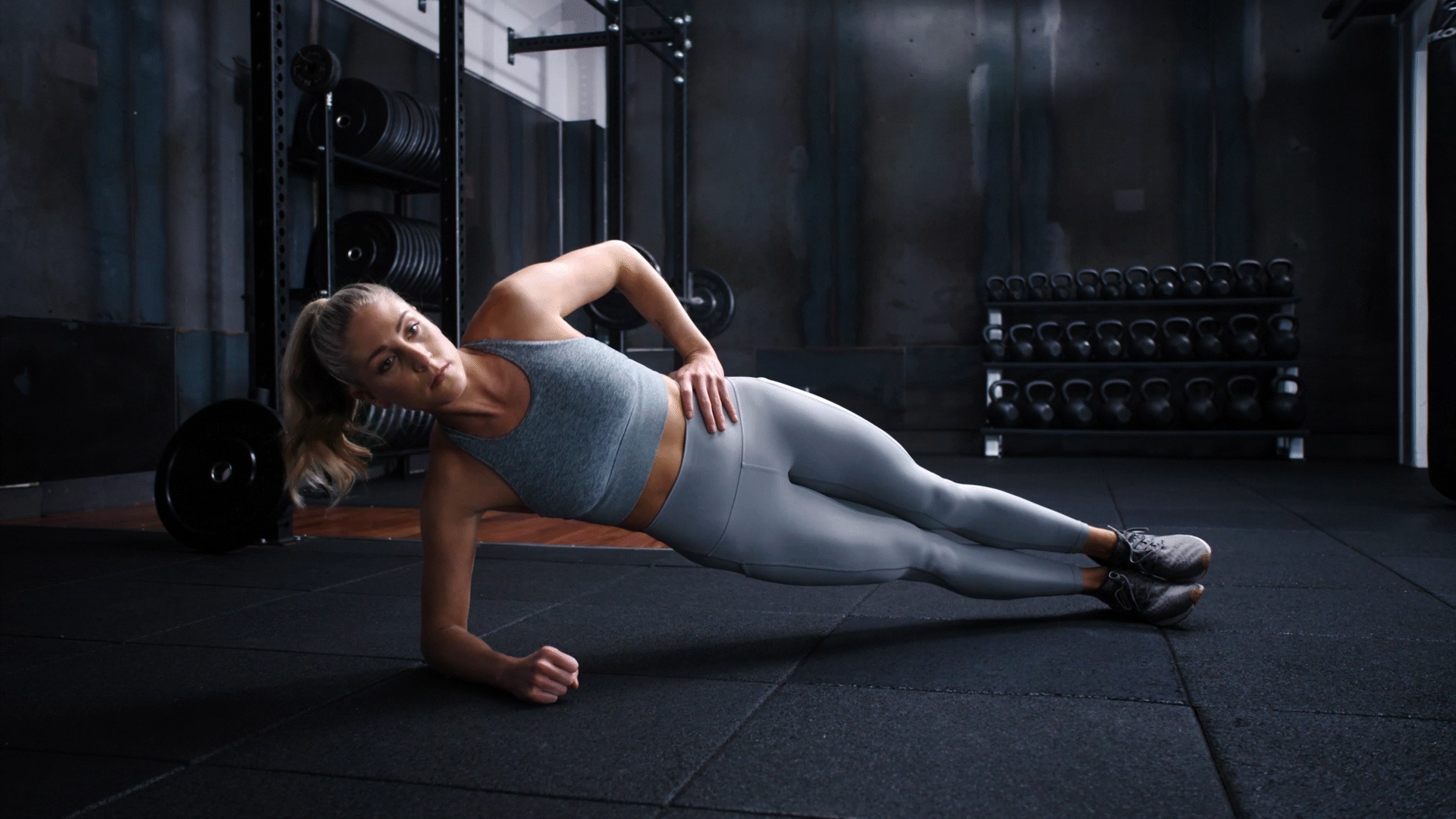Test, maintain, and enhance stamina and athletic performance.
The Equinox Longevity Assessment is a nine-part series designed to provide members with evidence-based tools to measure and benchmark their fitness age, and provide training guidance to optimize performance. Developed with Michael Crandall, CSCS, a Tier X Coach at Equinox, the full program can be accessed here.
Doing 50 perfect push-ups may have been a breeze at age 20. But at age 50, you might find yourself struggling to pump out 20 reps, even if you can still bench press 300 pounds. Just as your muscle mass and strength wane with age, so does your muscular endurance, or the ability to produce and maintain levels of force over a longer period of time.
Muscular endurance is not the same as maximal muscular strength, emphasizes Michael Crandall, CSCS, a Tier X Coach at E by Equinox - Hudson Yards. The latter is the heaviest amount of weight you can lift, such as squatting 200 pounds, one time.
Muscular endurance enables you to do 50 bodyweight squats in a row — or in real life, carry your laundry up a flight of stairs, shovel snow, go on a longer hike, and maintain proper posture for longer periods — without feeling winded.
Most of your daily tasks are performed over an extended period of time rather than one max effort. You need strength and power to stand up out of your chair, but muscular endurance is what allows you to go for a long walk with friends once you’re up and standing. Similarly, you need grip strength to lift a heavy grocery bag, but it’s muscular endurance that allows you to carry it from your car to your kitchen.
Muscular endurance can also help ward off injuries. When your muscles fatigue, other muscles begin to compensate, which can lead to muscle imbalances, aches, and injuries. For example, if your core muscles lack the endurance to maintain good posture when you are running, it will compromise your ability to maintain level hips, which affects your knee control and increases your risk of injuries, such as shin splints.
Improving your muscular endurance will enhance your muscle fibers’ ability to keep firing for longer periods of time so you can work longer, faster, or both without more effort. It’s important to note that muscular endurance and cardiorespiratory endurance are linked and both contribute to the other synergistically to improve the functions of each, says Crandall. Both will help you perform activities longer and stronger. Cardiorespiratory endurance is the ability of your heart, blood vessels, and lungs to supply blood to the body over an extended period of time. Muscular endurance is the ability of your muscles to work continuously without fatigue.
Each is trained differently. Building cardio endurance generally means extending the duration of your workout over time. Developing muscular endurance involves resistance training that focuses on higher repetitions with lower weights and varied numbers of sets and lengths of rest periods.
The following four tests are a good measure of overall muscular endurance. Take note of where you fatigue first: Is your core stamina better than your lower-body endurance? Then, aim to bring your lower-body endurance up a notch. You can also turn to the following norms charts, developed by Crandall with help from existing research, to see how you stack up against other people your sex and age. Use your scores as benchmarks for improvement.
Test 1. Core Muscular Endurance: Front Plank for Time

Tip: Your body should form a straight line. No slouching.
• <30 seconds = needs work
• 30 to 60 seconds = good
• >60 seconds = excellent
Test 2. Core Muscular Endurance: Side Plank for Time

Tip: Perform with your feet stacked, knees locked out, and one elbow on the ground.
• <20 seconds = needs work
• 20 to 45 seconds = good
• >45 seconds = excellent
Test 3. Lower-Body Muscular Endurance: Wall Sit Hold for Time

Tip: Your knees should be aligned with your hips. Your butt, lower back, shoulders, and head will touch the wall.
• <30 seconds = needs work
• 30 to 75 seconds = good
• >75 seconds = excellent
Test 4. Upper-Body Muscular Endurance: Kettlebell Farmer's Carry for Time

Tip: To find the correct weight for yourself, follow this formula: [(Bodyweight x 0.75) ÷ 2] = your KB weight in each hand. Note this conversion will put your weight in pounds. If you need to convert to kilograms, divide that number by 2.2.
• If under 60s = needs work
• If over = great
Action Plan
According to the National Strength and Conditioning Association, individuals training for muscular endurance should aim to complete three or more sets of 15 or more reps using a load that is 50 percent or less of their one-rep max. As your muscular endurance improves, make the exercise more challenging by reducing rest times between sets or increasing the reps per set before increasing the load. All of the exercises listed as tests are great ways to improve muscular endurance, says Crandall. He also recommends these additional exercises and rep schemes:
• Goblet squats with low weight for more than 15 reps
• Alternating forward lunges with low weight for more than 15 reps
• Incline push-ups for more than 15 reps. (Note: If you can do 15 push-ups on the ground in a traditional push-up stance then this exercise is, by default, a muscular endurance exercise.)
• One-arm dumbbell row with low weight for more than 15 reps
• Dumbbell bench press with low weight for more than 15 reps
